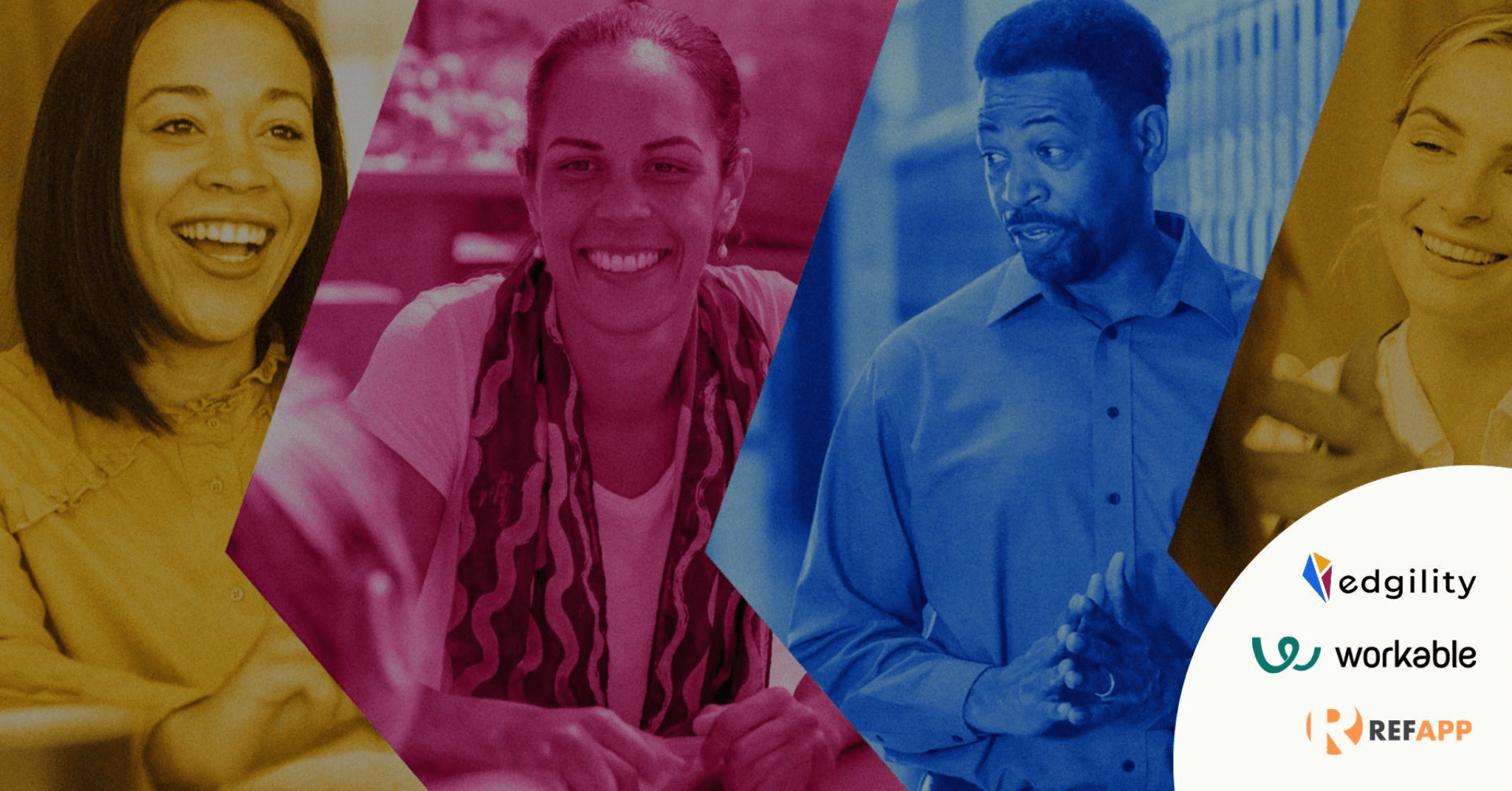The power of AI: with great AI comes great responsibility
Learn to navigate potential AI risks and implement AI the right way to maintain fairness, security and stay ahead of legislation changes.

Artificial intelligence (AI) has undeniably been rapidly evolving and revolutionizing numerous industries and business functions, and human resource management is no exception. In Eightfold AI’s report The Future of Work: Intelligent by Design, a majority of HR leaders surveyed were determined to harness the power of AI in their operations.
Specifically, 92% of these HR professionals planned to expand their use of AI in at least one related area, including improvement in performance management, payroll processing and benefits administration, recruitment and hiring, onboarding new employees, and employee records management.
And within the next 12 to 18 months, the majority of HR leaders surveyed were planning to substantially increase their utilization of AI.
Within the next 12 to 18 months, the majority of HR leaders surveyed plan to substantially increase their utilization of AI.
Contents
The perils of AI tools in HR
The increasing adoption of AI-based tools in human resource management has been a game-changer for HR practitioners, providing transformative tools and solutions to enhance efficiency and improve effectiveness of decision-making.
For example, intelligent automation of mundane and repetitive tasks has enabled HR professionals to focus on more strategic and value-added activities. Moreover, AI has the potential to revolutionize recruitment processes and expand candidates pool by analyzing large volumes of resumes.
However, as with any powerful technology, AI-based solutions should be applied in a responsible way for HR management. There have been numerous examples that uncover biases and inadvertent discrimination of AI-based solutions against fractions of applicants, as a result of faulty databases and incorrect programming.
Related: Ethical AI: guidelines and best practices for HR pros
What can you do?
Companies need to implement AI-based solutions in an ethically and transparent way to address concerns regarding privacy, fairness, and potential bias, ensuring the system does not perpetuate biases or discriminate against certain individuals or groups.
For example, companies will need to carefully select training data and establish regular monitoring of AI algorithms to identify and correct any biases that may arise.
Additionally, transparency and accountability are paramount in AI-enabled HR management, as employees should have access to information about how their data is being collected, used, and protected.
Employers must also prioritize the security and privacy of employee data to mitigate potential risks.
Related: Avoid unintended bias: learn to navigate EEOC in AI and hiring
Legal considerations growing
The European Union has recently approved the AI Act draft legislation, a comprehensive framework aimed at ensuring the responsible and ethical implementation of AI across various industries. According to the AI Act, high-risk AI systems must undergo a thorough conformity assessment procedure before they can be introduced to the market or used within the EU.
To ensure compliance, providers are required to establish, implement, document, and maintain rigorous risk management systems throughout the lifespan of the AI system.
To ensure compliance, providers are required to establish, implement, document, and maintain rigorous risk management systems throughout the lifespan of the AI system.
It is essential to meet stringent requirements to ensure the safe placement of high-risk AI systems on the market. This involves the implementation of robust risk assessment and mitigation systems, coupled with the use of high-quality data sets to avoid any potential discriminatory outcomes.
Clear documentation of the AI system’s purpose, along with detailed user instructions, must be provided to the regulatory authority. An extensive record-keeping system is necessary to promptly identify and address any abnormal results.
Human oversight still paramount
The presence of human oversight is crucial to oversee the system’s operations and deactivate it if necessary. Importantly, the accuracy, robustness, and cybersecurity of the system should meet the appropriate standards.
While technology itself may possess certain capabilities and potentials, it is ultimately the people who wield and utilize these tools that determine their true impact.
HR executives and leadership teams have the power to shape the way technology is used, and their choices and actions can greatly influence its consequences.
It’s not what you do – it’s how
It is crucial to recognize that the real danger lies not in technology itself, but rather in how people choose to employ it. Without responsible and ethical usage, the potential benefits of technology can be overshadowed by its negative implications.
So, understanding the role of individuals in determining the impact of technology is crucial in fostering a harmonious and beneficial relationship between people and the tools they use. Learning and education plays a crucial role in ensuring individuals understand how to navigate emerging technology solutions safely and responsibly.
HR leadership must focus on commitments to values, ensuring the application of AI-based solutions are not undermining the critical human aspect in business.
Find that tech-human sweet spot
Finding the right balance between technology and the human touch is crucial in harnessing the potential of AI for empathetic employee relations in HR. While AI can enhance efficiency and accuracy in various HR processes, it is important to remember that empathy and emotional intelligence are inherent human qualities that cannot be replicated by technology.
HR practitioners and companies must use AI as a tool to support and augment their efforts in creating a more empathetic and human-centric work environment.
By incorporating AI in a thoughtful and strategic manner, organizations can streamline administrative tasks, allowing HR professionals to focus more on building meaningful connections with employees and addressing their individual needs.
Ultimately, the successful implementation of AI in HR hinges upon understanding when and how to leverage technology while preserving the fundamentals of human interaction and empathy in employee relations.
Frequently asked questions
- What percentage of HR professionals are set to integrate AI technology into their practices?
- Research points to a substantial 92% of HR experts who are planning an increase in AI applications across various aspects of human resource management.
- Can you elucidate the importance of responsible deployment when incorporating AI into HR?
- In navigating the dynamic territory of artificial intelligence, it is essential to prioritize ethical utilization. This safeguards privacy, rectifies potentials for bias and discrimination, ensuring that equitable standards apply uniformly across all employees.
- How can businesses effectively uphold ethics in their system operations?
- Companies can sustain ethically-minded systems by instituting frequent algorithm audits, fostering transparency surrounding data collection procedures and making personal data security measures paramount.
- Could you expound on how legislation such as EU's 'AI Act' influences high-risk AI systems utilization?
- Under recent legislative advancements like European Union's impactful 'AI Act,' providers are required to put risk management frameworks at the forefront throughout an AI system's lifecycle thus ensuring adherence with guidelines deemed vital for public safeguarding.
- Despite technological advancements, do we still require human input?
- Absolutely! Striking a balance between efficiency generated from innovative technology and invaluable real-world empathy remains key in achieving optimal results.



